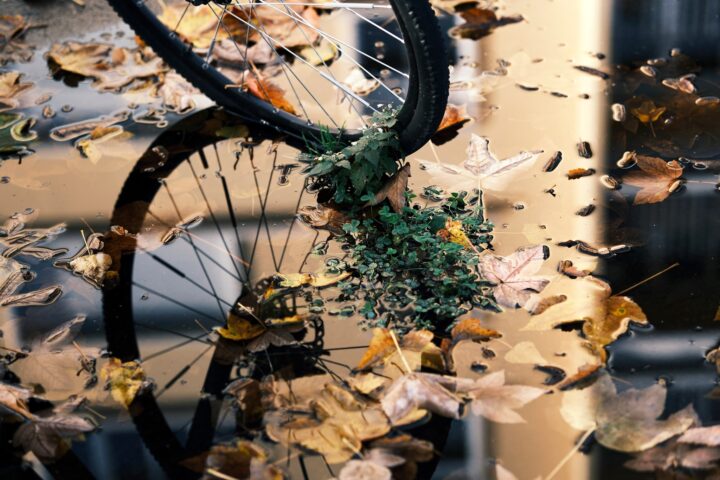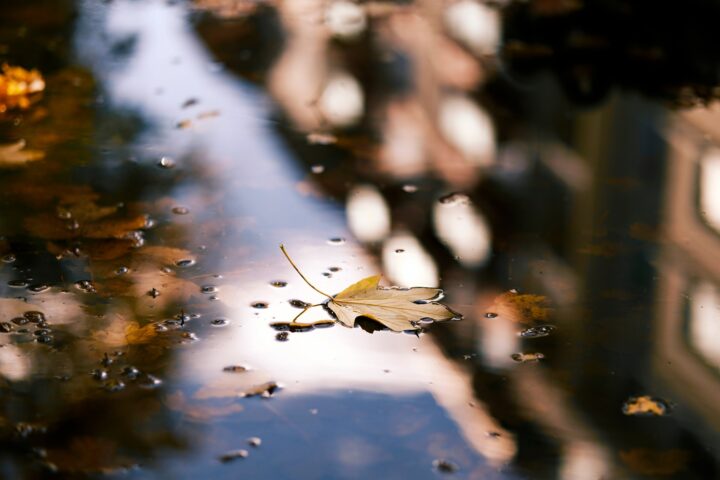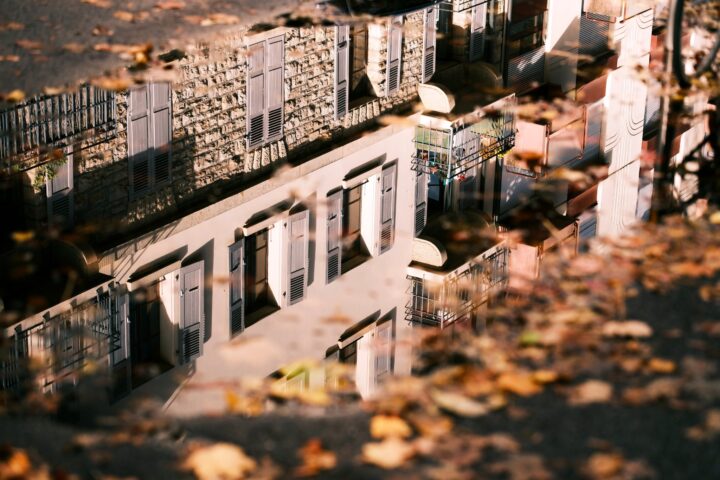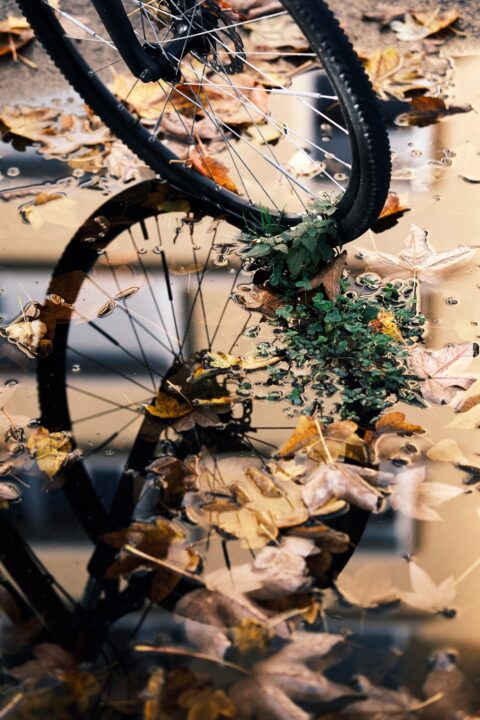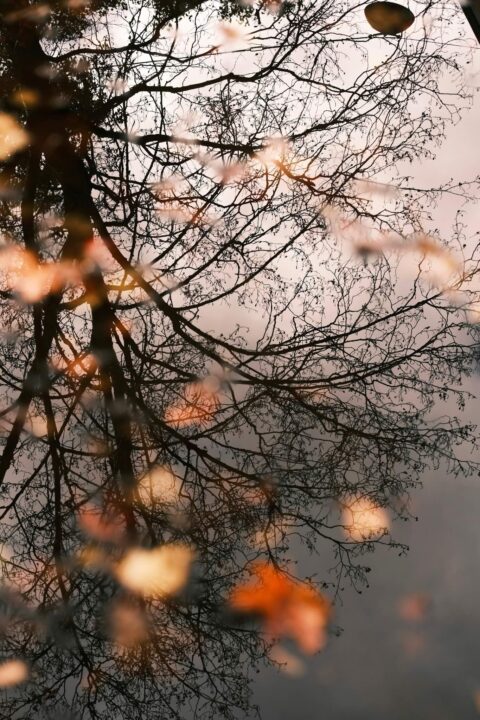KODAK EKTAR 100 Film Simulation Recipe – Reinventing Color with FUJIFILM
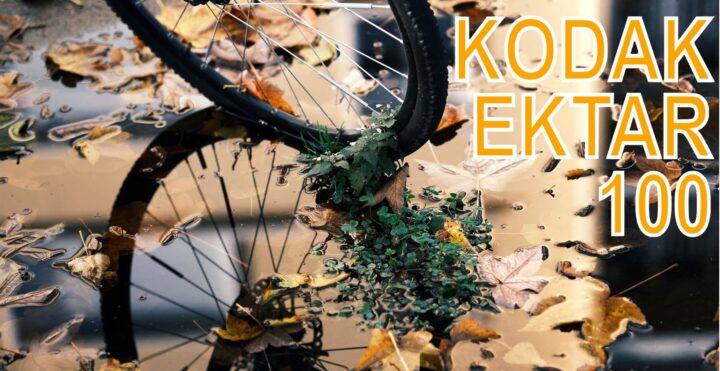
KODAK EKTAR 100 Film Simulation Recipe
The Fujifilm film simulation community has to be one of the most active and passionate corners of the entire photography world.
Take our own Fujifilm Film Simulation group, for example. Despite being the newest addition to our family of groups, it has grown faster than any other — and with over 143,000 members (and counting), it’s now arguably the largest Fujifilm community on Facebook, continuing to expand at record speed.
Across the web, you’ll find a wealth of resources dedicated to Fujifilm’s legendary color science. The most famous is of course Fuji X Weekly, but there’s also fantastic work at Osan-Bilgi, creator of one of the most beloved recipes ever: Classic Cuban Negative. And those are just the tip of the iceberg — the list of passionate creators is long and inspiring.
Fujifilm itself knows how much love there is for these looks. The company now features dedicated film simulation dials on some cameras and even builds entire marketing campaigns around their iconic color profiles — proof of how deeply film simulations are woven into the brand’s DNA.
But if you’re looking for a truly interactive experience — a place where you don’t just read about recipes, but actually share, learn, and create with others — then I can only warmly recommend our Film Simulation group. It’s a space where photographers exchange images, recipes, and ideas daily. And very often, new film simulations are born right there, later spreading far and wide across the Fujifilm community.
One of the most recent examples is the Film Pastel recipe, which I personally keep saved in one of my three custom slots on the Fujifilm X-E5.
And today, I’d like to share another newcomer: Kodak Ektar 100, created by Nivla Oibiun and shared here.
Now, “Kodak Ektar 100” isn’t a new name — Fuji X Weekly and others have explored their own interpretations of it — but this one stands apart. For one, it’s based on Classic Negative instead of Classic Chrome, giving it a different mood and tonality.
The camera used is the Fujifilm X-S20.
The settings in short are: Classic Negative, AWB Ambience +4r -4b, iso up to 3200, AUTO DR, +1.5H +1.5S, +4 Color.
It’s another wonderful example of how Fujifilm shooters keep reinventing color — one recipe, one shared image, one inspired experiment at a time.
Below you can see the results.
DISCLAIMER: Here on FujiRumors we rarely share film simulation recipes. But every now and then, when I spot something special in our group, I like to post it here too — since not everyone uses Facebook and some great recipes deserve to be seen beyond the group.
- Dedicated Fujifilm Film Simulation Recipe Book on Top of Camera Equipment Book Sales
- Film Pastel – A Lovely New Film Simulation Recipe
- This Recipe is Taking the Fujifilm Community by Storm – Classic Cuban Neg
- Fujifilm Film Simulations (+ Dial) Earn Praise from DPReview — Even Tempting a Nikon/Sony Shooter to Switch to Fujifilm
- My Fujifilm X-E5 is Shipping… and These Are the 3 Film Simulation Recipes I Will You Put on the Dedicated Dial (for Now)


